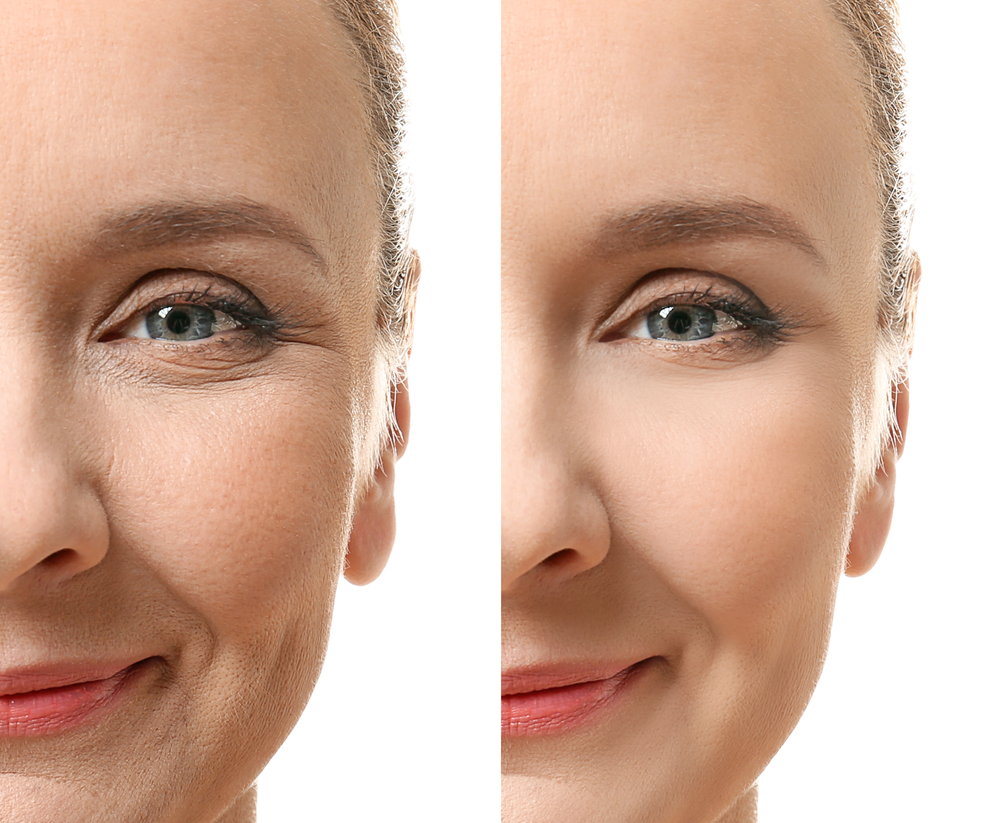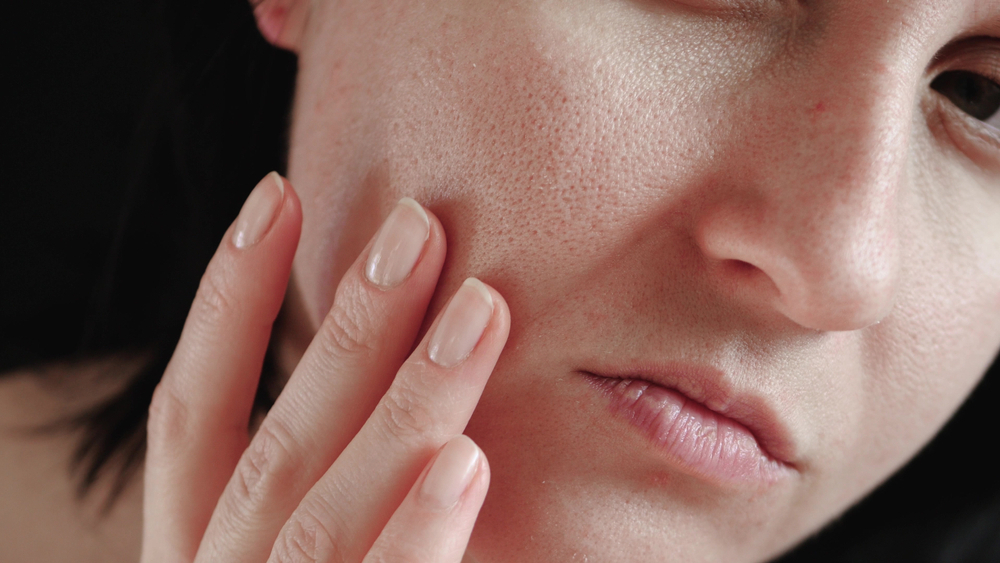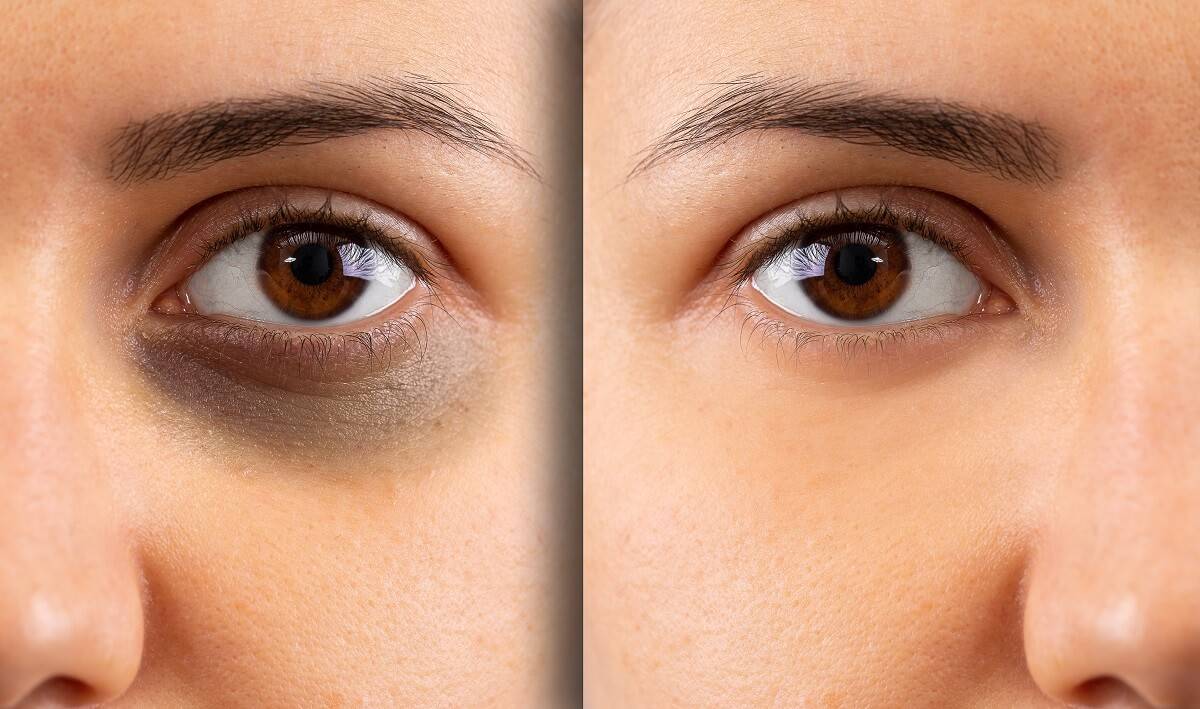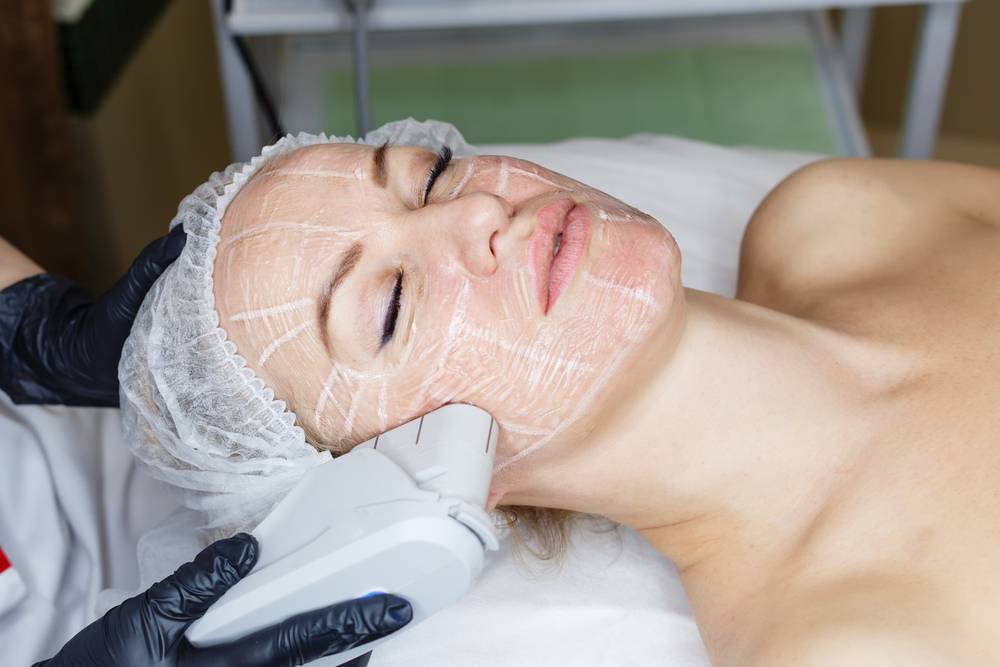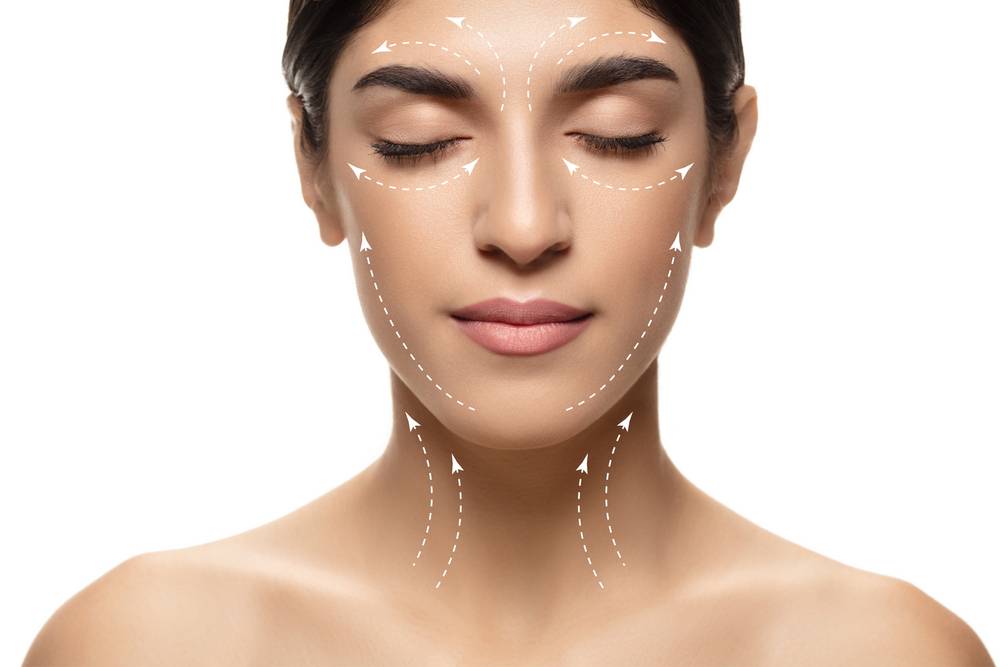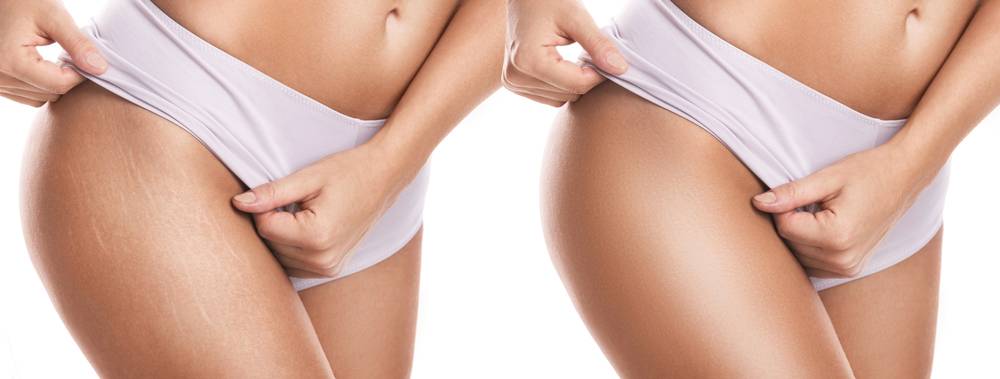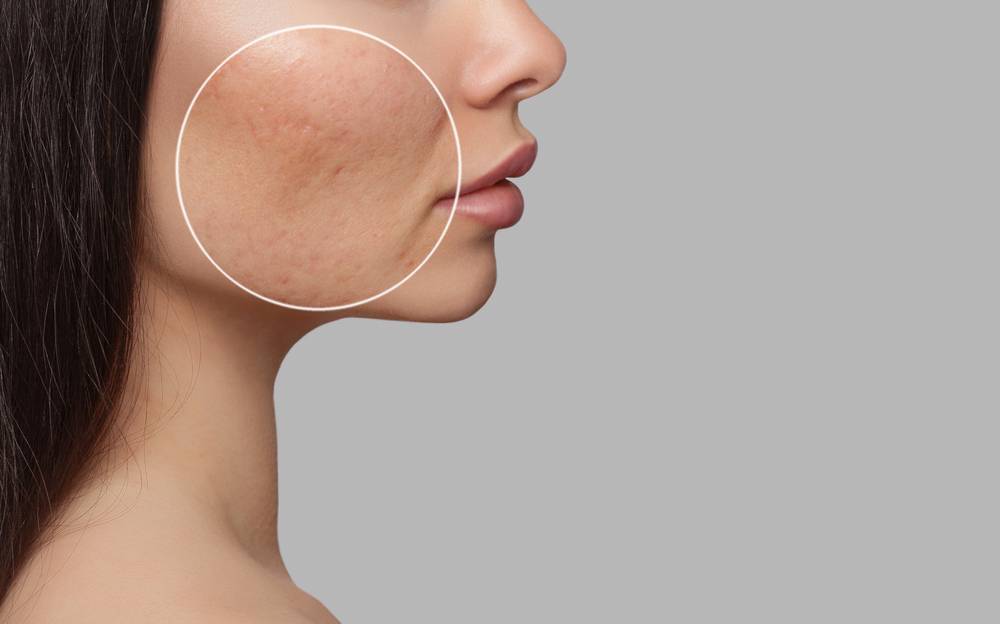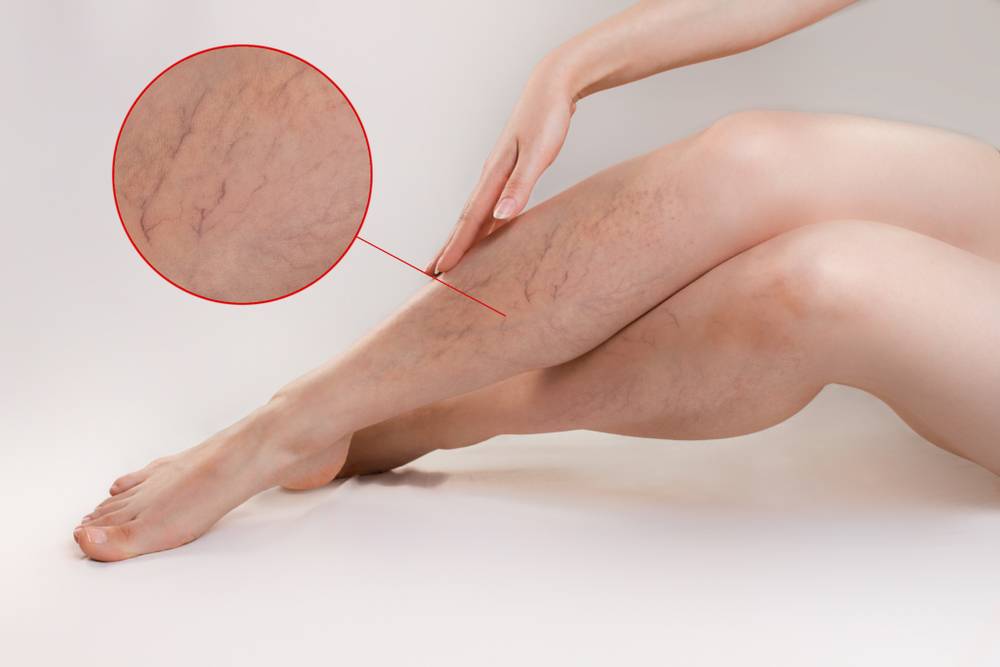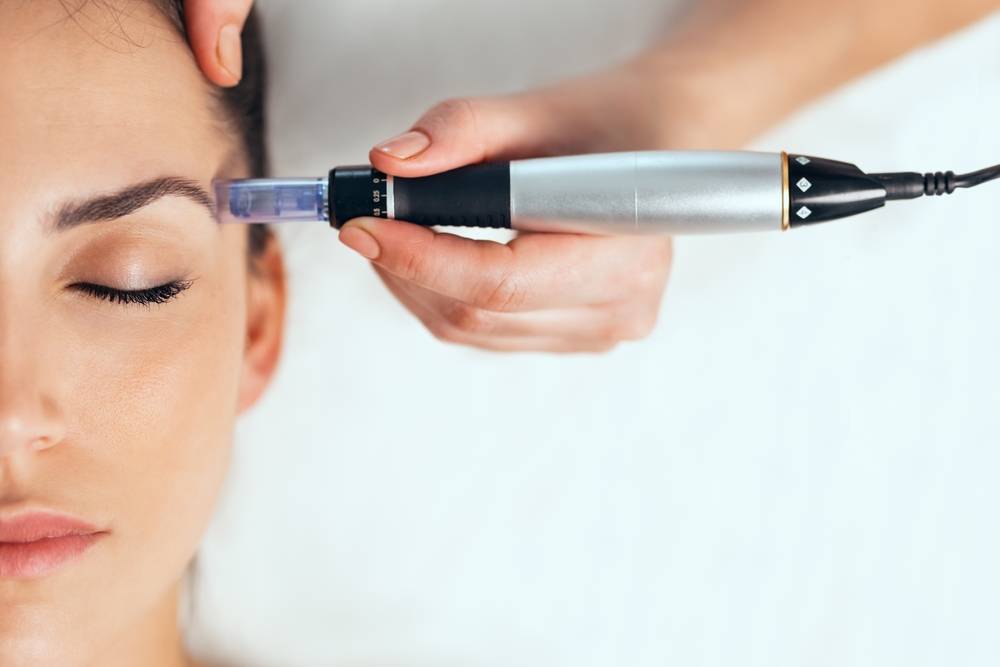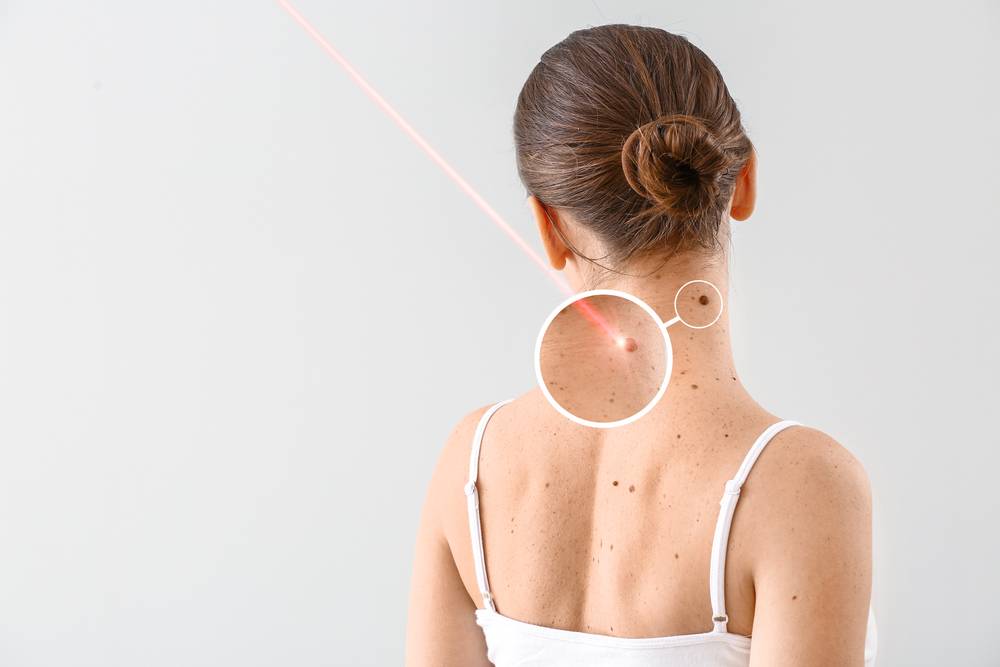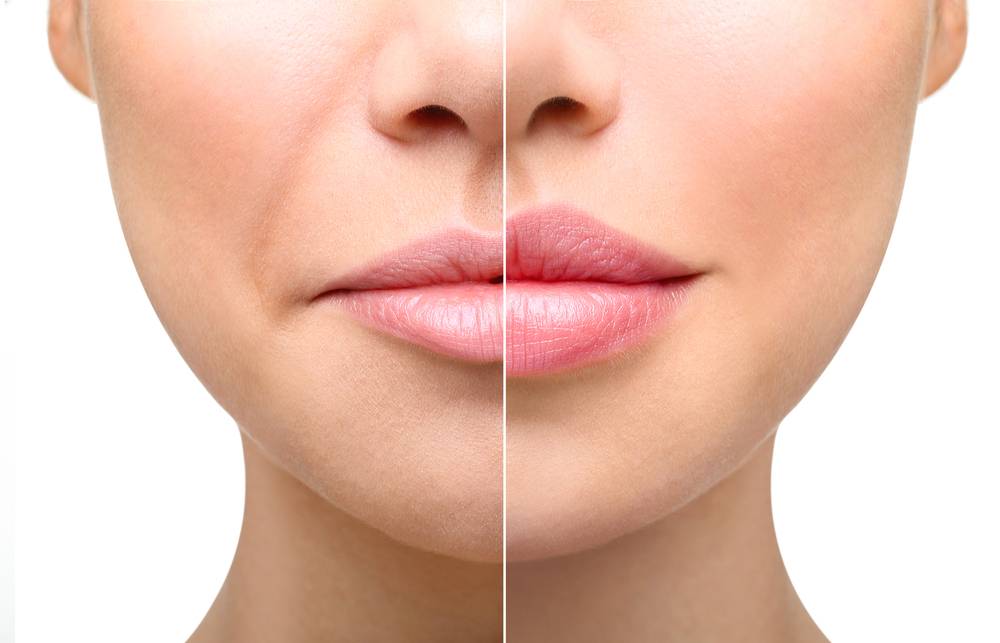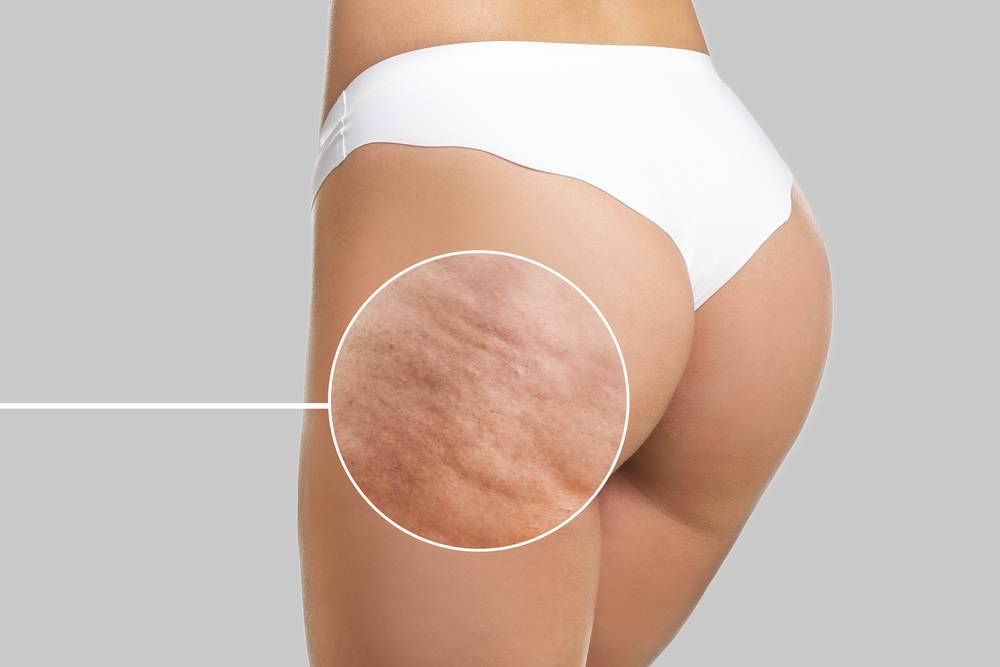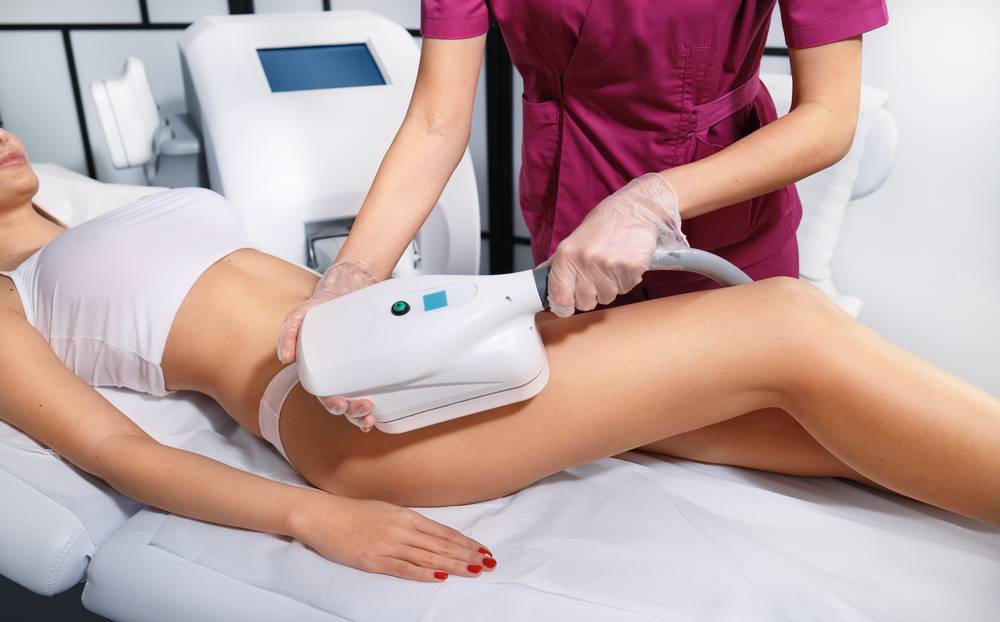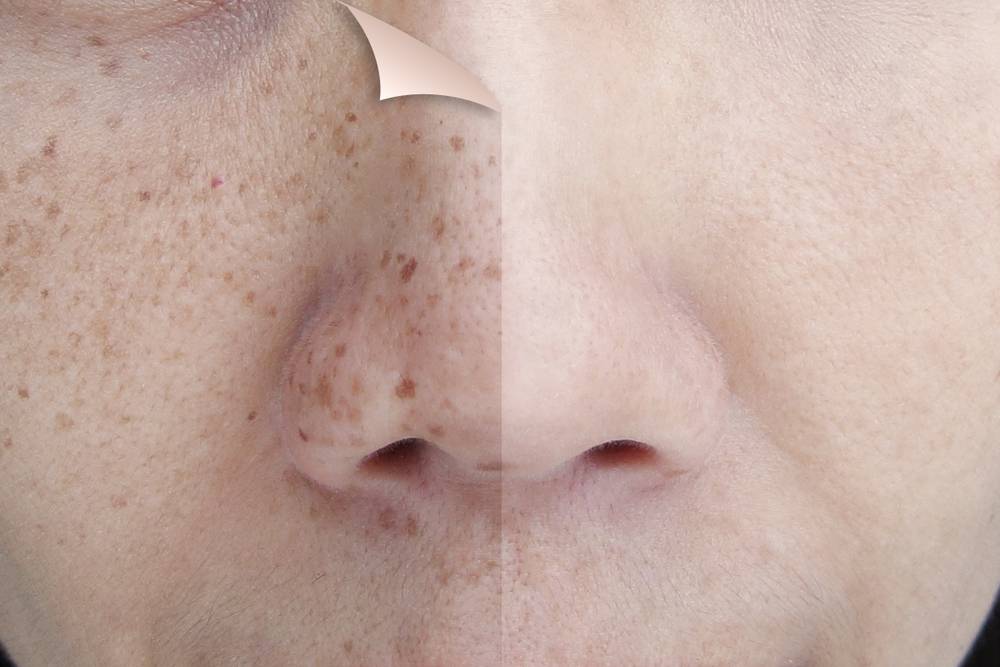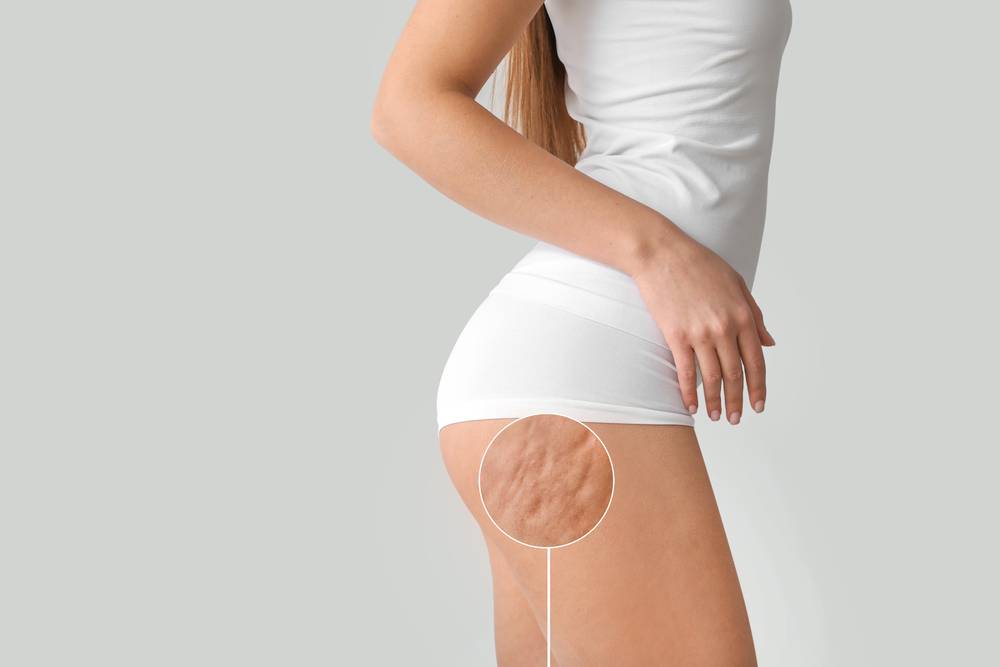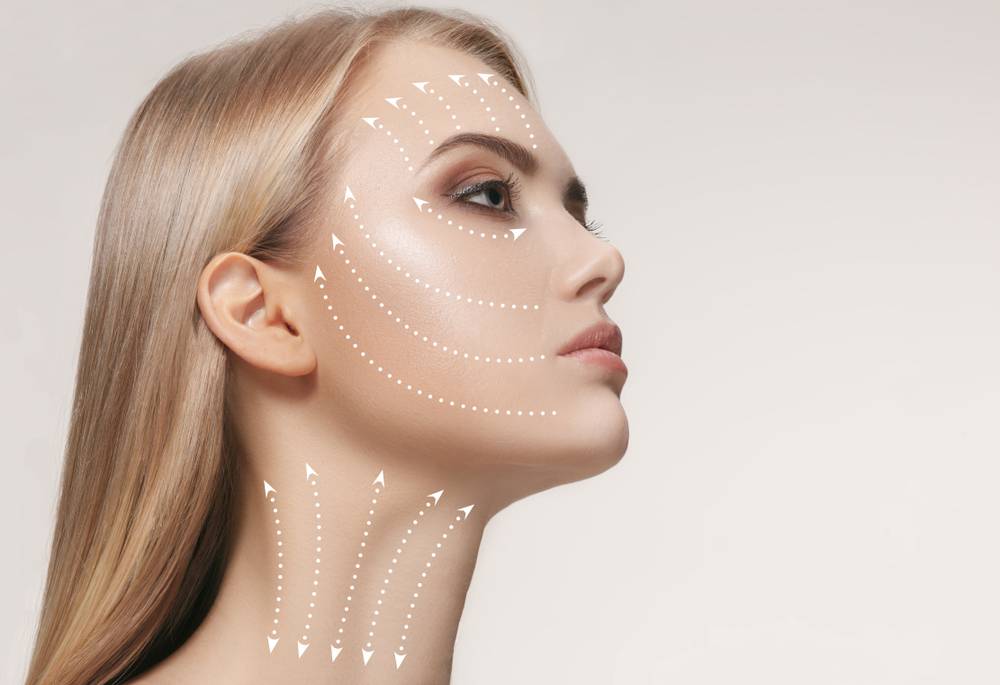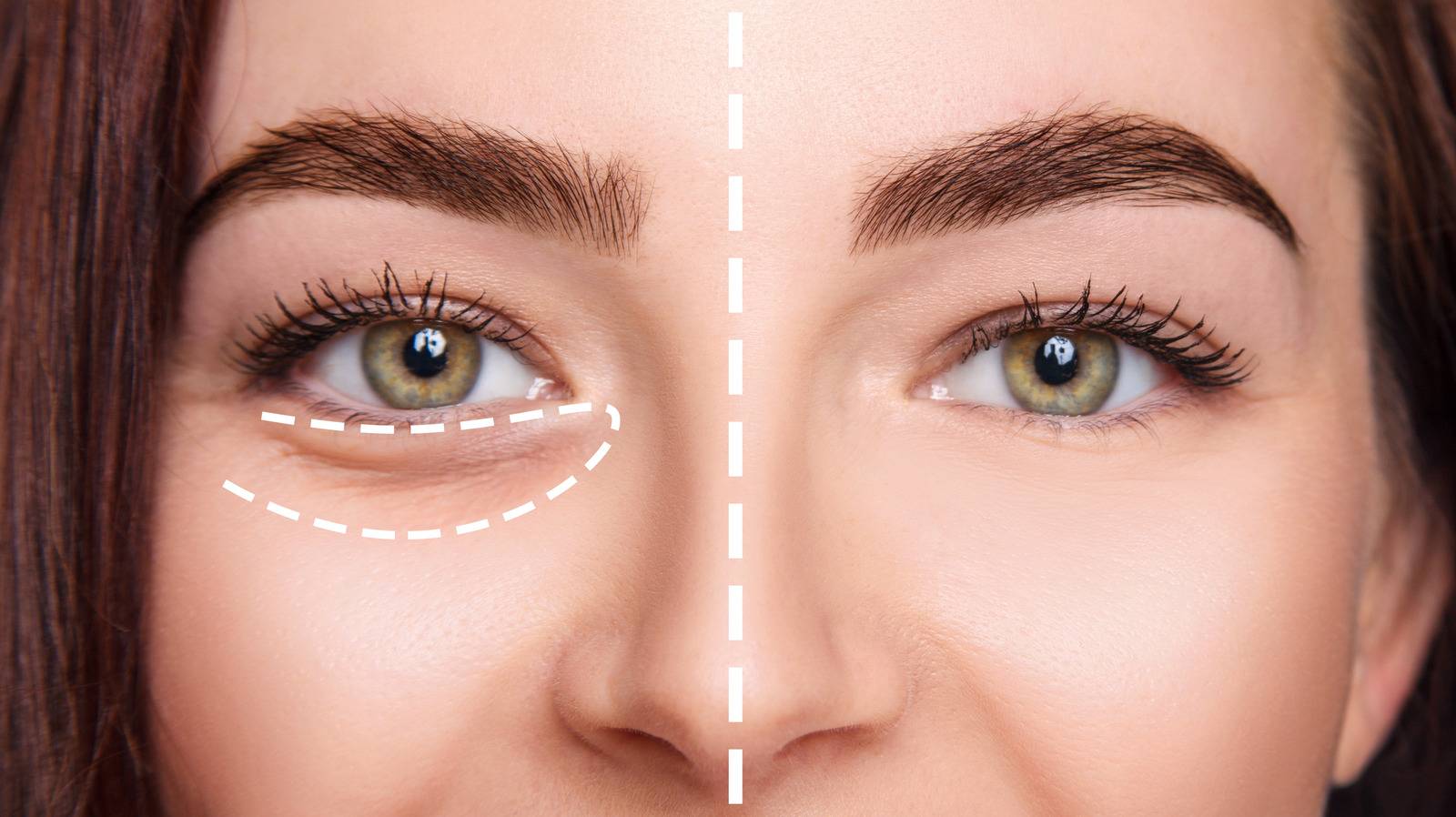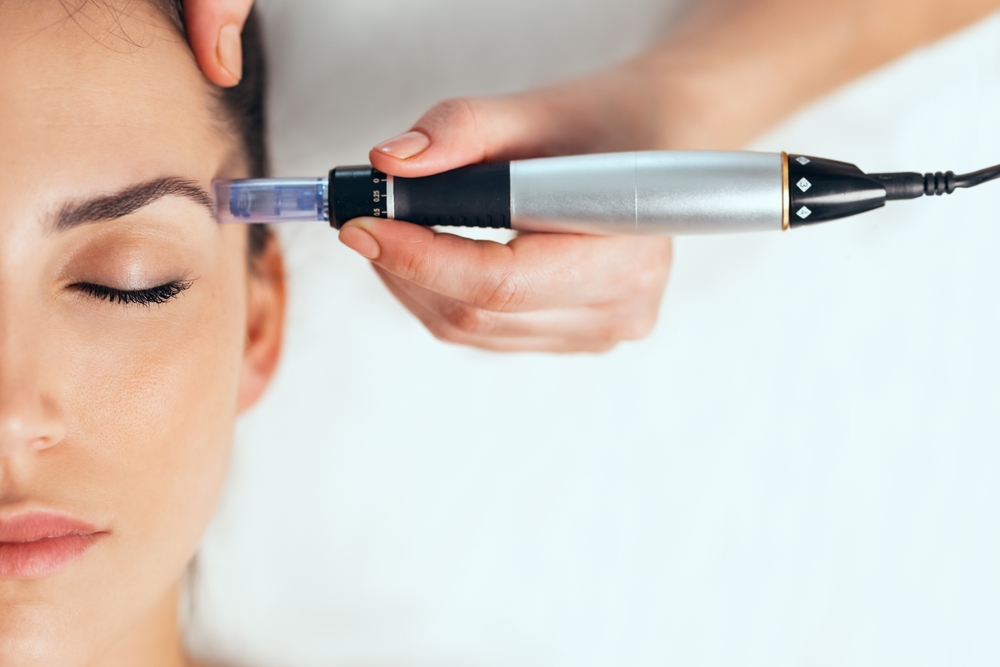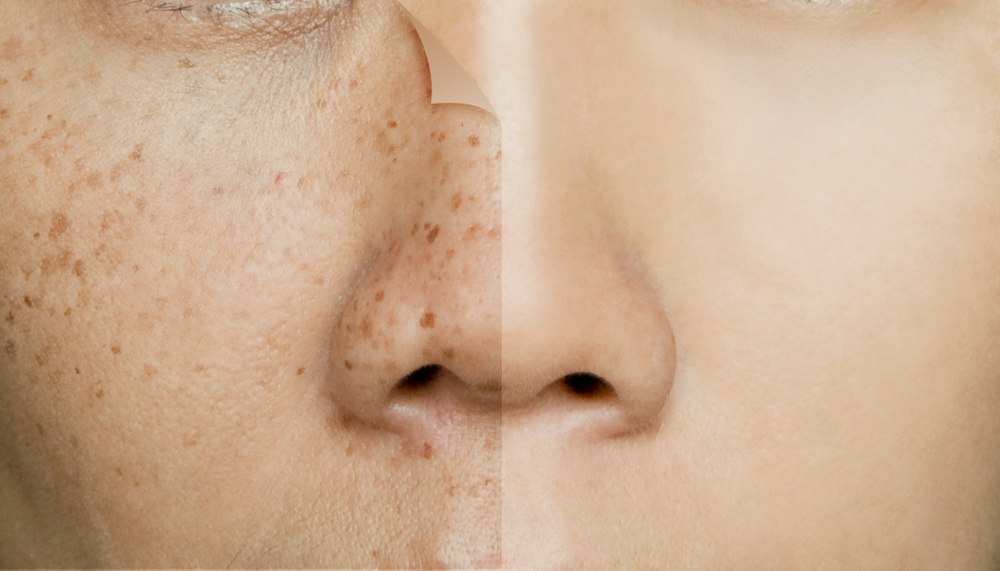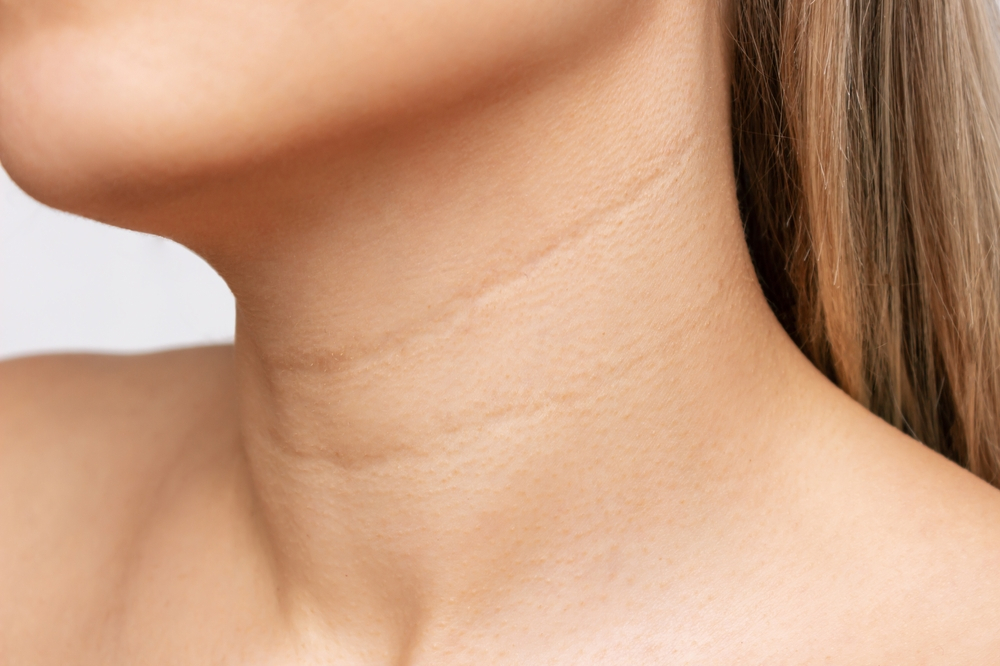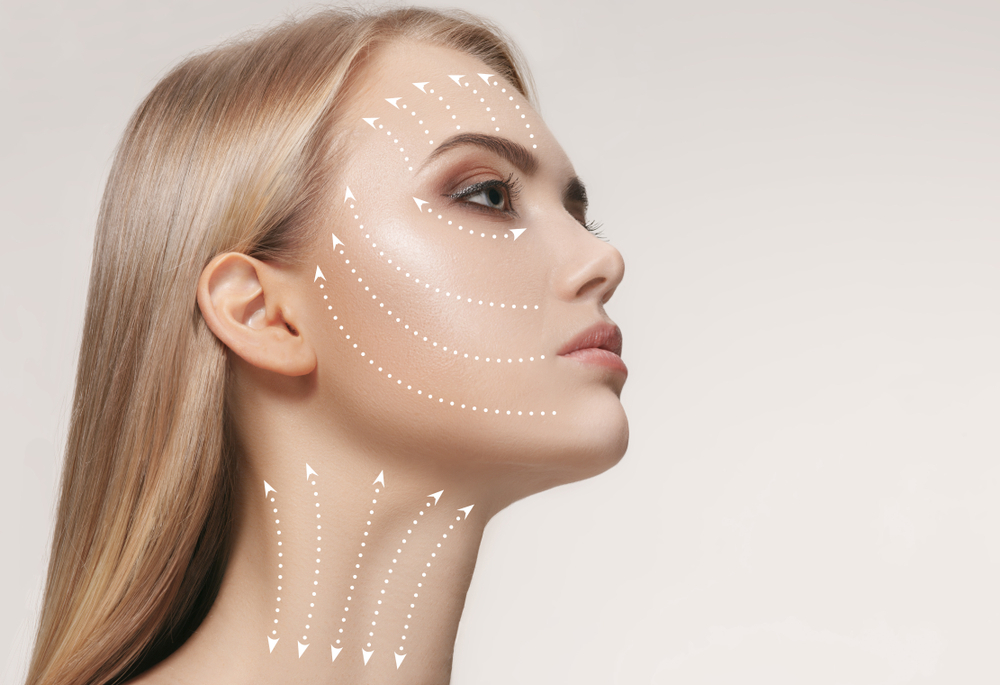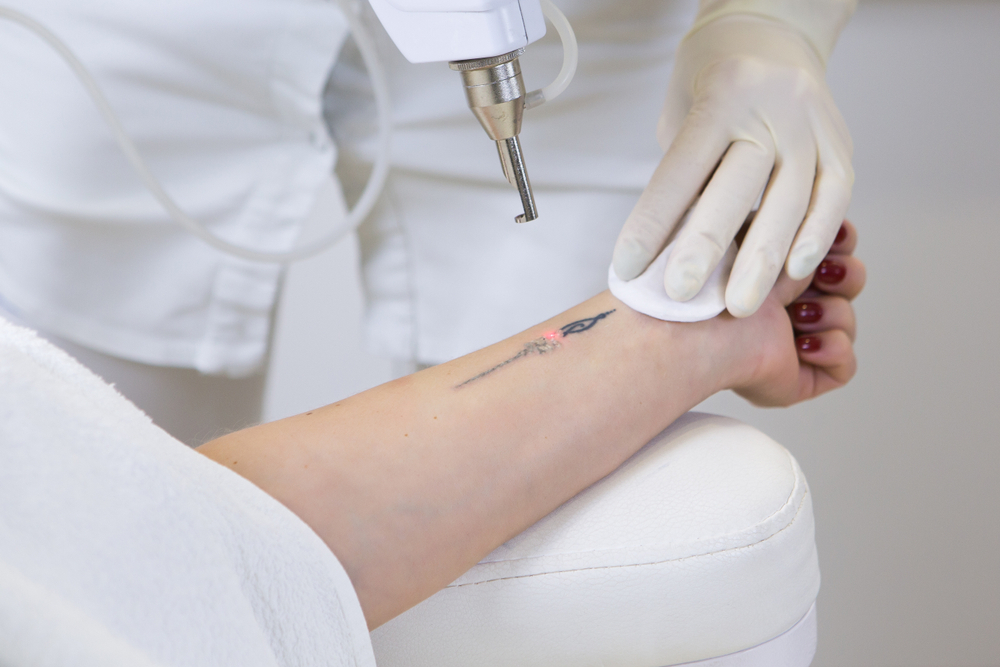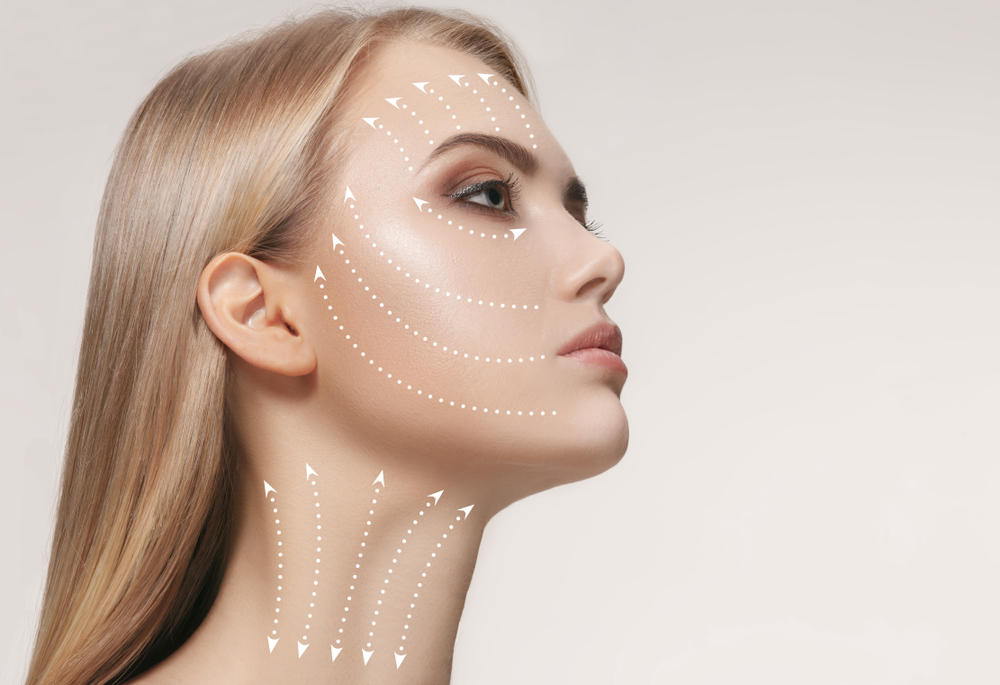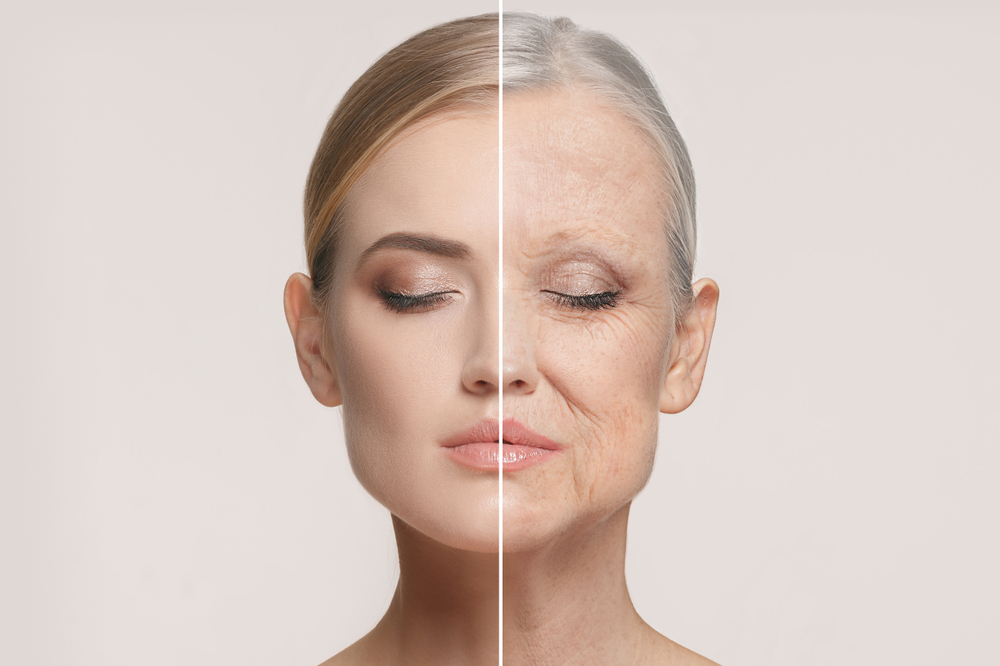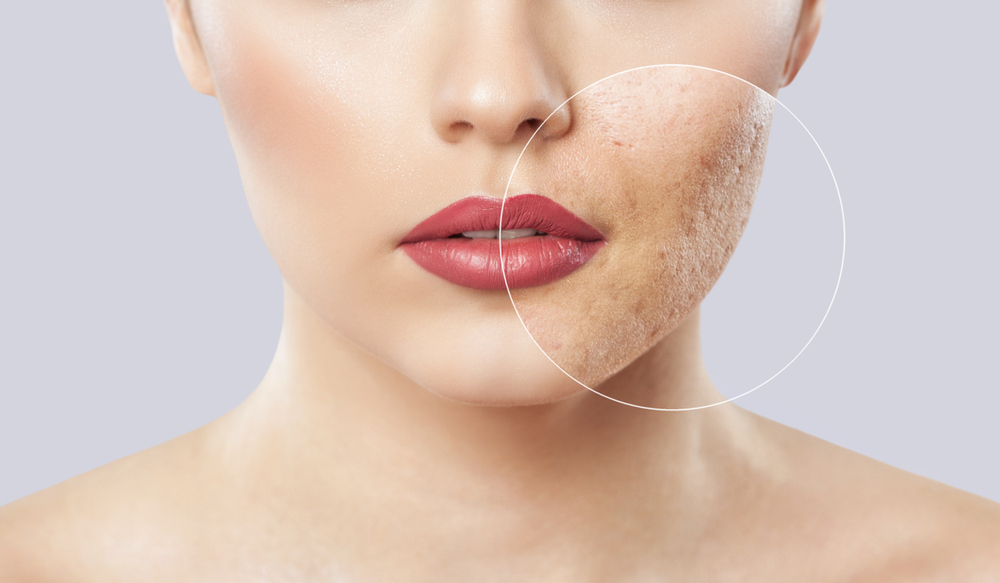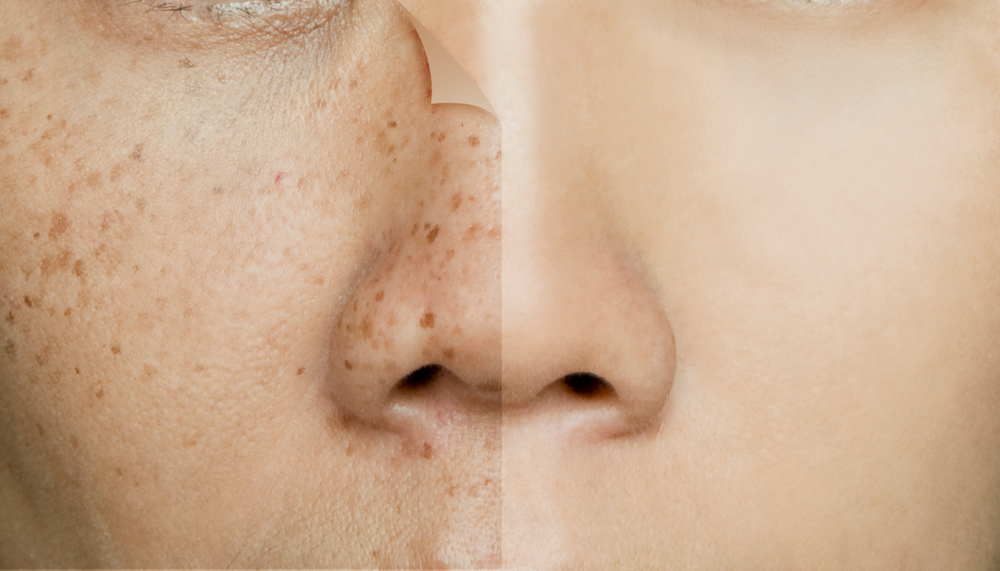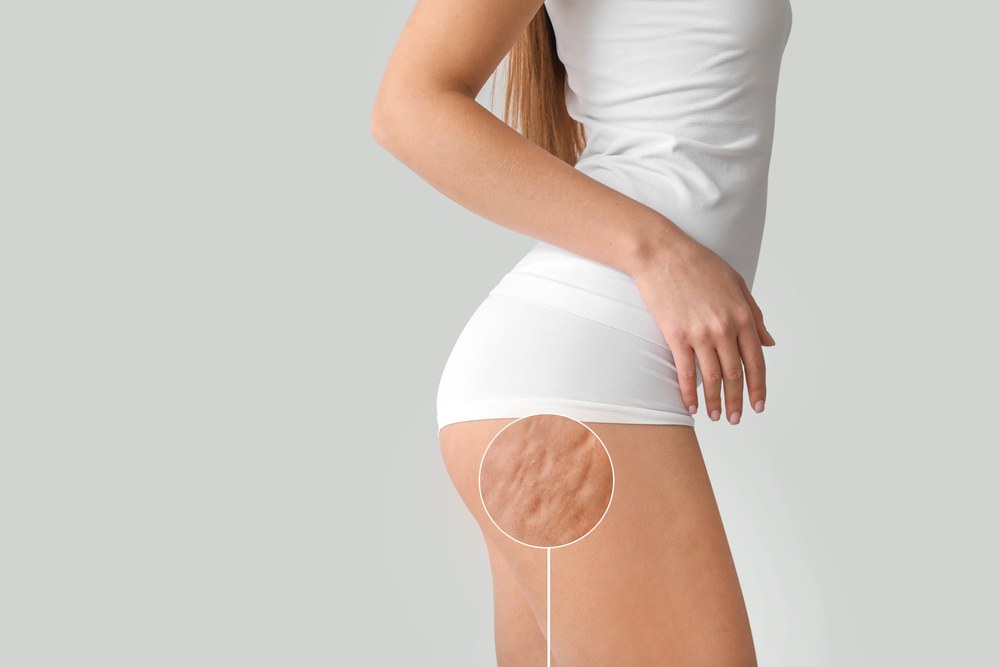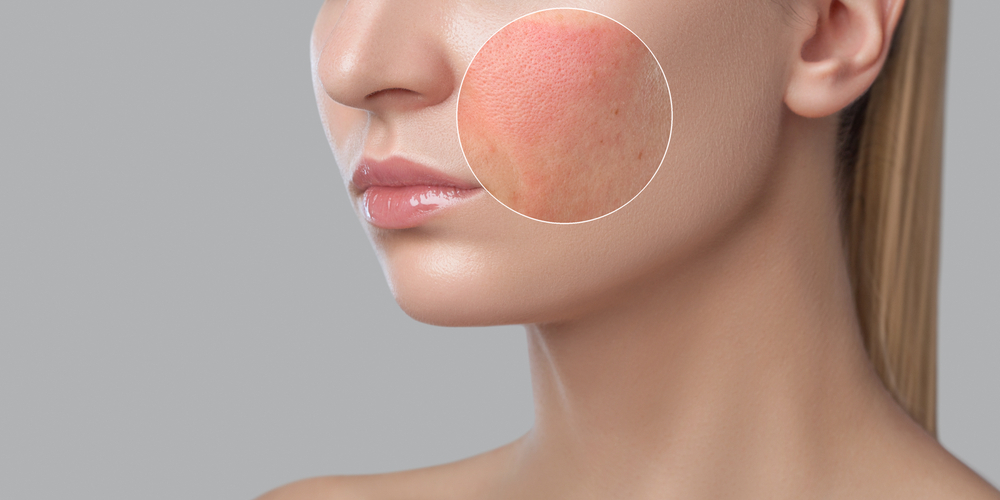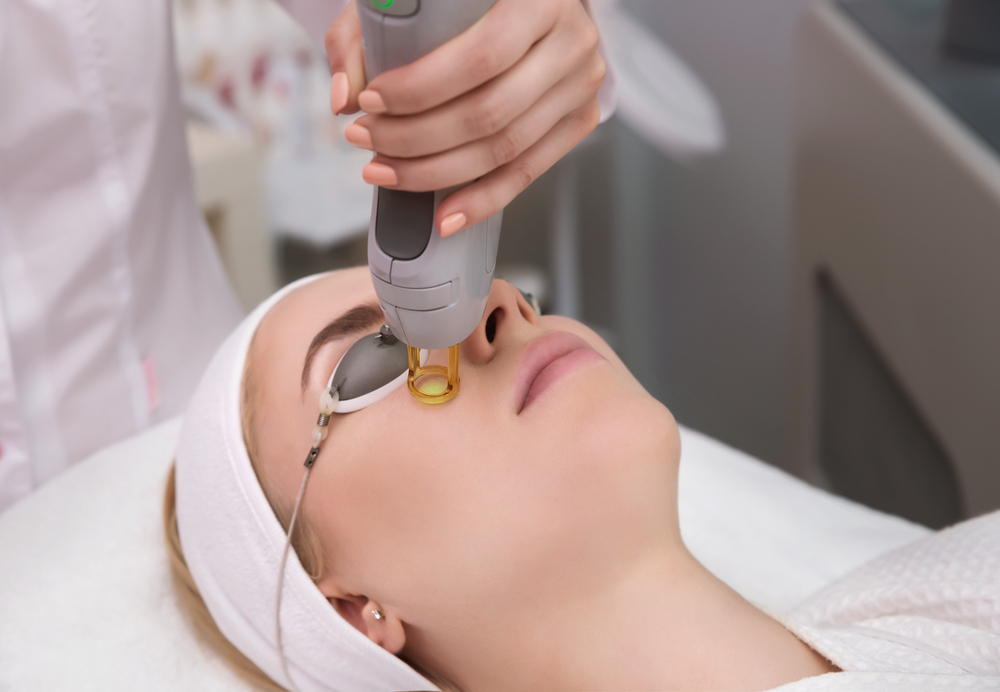How to Melt Facial Fillers

What Are Facial Fillers and Why Might They Need to Be Melted?
Facial fillers are substances used to correct or improve wrinkles, deep lines, volume loss and other signs of aging on the face. They are usually made of substances such as hyaluronic acid, calcium hydroxyapatite, polylactic acid or polymethylmethacrylate.
In some cases, it may be necessary to melt facial fillers. Here are some of them:
Incorrect injection or poor result: When facial filler application is done incorrectly or when the expected result is not achieved, the fillers may need to be corrected or dissolved.
Asymmetry or irregularity: If asymmetry or irregularity occurs in the face as a result of filler injections, the fillers can be melted to correct this situation.
Excess volume: If a person is injected with too much filler or if too much volume is added to the person's face, the fillers can be melted to provide a natural look.
Side effects or complications: In rare cases, filler injections can cause infection, excessive swelling, tissue necrosis or other side effects. In these cases, the fillers may need to be melted.
Dissolving facial fillers is usually done in reverse. A special enzyme can be injected or laser, chemical peeling or surgical techniques can be used. This process dissolves the fillers and restores the natural appearance of the face.

What Methods Are Used to Dissolve Facial Fillers?
As a plastic surgeon, I can list some of the methods used to dissolve facial fillers below:
Enzymatic Dissolution: Special enzymes can be used to dissolve facial fillers. The injected enzymes break down the structural components of the fillers and dissolve the filler. The most commonly used enzyme to dissolve hyaluronic acid fillers is hyaluronidase.
Laser Dissolution: Laser technology can be an effective method to dissolve facial fillers. Laser light focuses on the filler, heats it and breaks it down. With this method, facial fillers can be melted and dissolved in a controlled manner.
Chemical Peeling: Chemical peeling can be applied to dissolve facial fillers. Chemical peeling works by peeling the surface skin layer and affecting the deep tissues. This method breaks down the filler and melts it.
Needle Aspiration Technique: In this method, the filler is carefully aspirated using a special needle. The needle is placed inside the filler and the filler is absorbed. With this method, irregularities resulting from excessive filler intake or incorrect injection are corrected.
Surgical Melting: In rare cases, surgical methods can be used to dissolve facial fillers. For example, the filler can be removed during a surgical procedure or can be corrected with a surgery performed by the doctor.
How Are Hyaluronic Acid Fillers Melted?
Hyaluronic acid fillers are a frequently used filler material to correct wrinkles, deep lines and volume loss on the face. In cases where the fillers cause undesirable results or side effects, or when the effect of the filler wears off, it may be necessary to melt the hyaluronic acid fillers. Here are some methods used to dissolve hyaluronic acid fillers:
Enzymatic Melting: An enzyme called hyaluronidase is used to dissolve hyaluronic acid fillers. The injected hyaluronidase breaks down the hyaluronic acid molecules, allowing the filler to dissolve. The enzymatic melting process is usually fast and effective.
Special Solutions Containing Hyaluronic Acid: In some cases, a special solution can be applied to hyaluronic acid fillers. This solution helps dissolve the filler. The solution is usually applied directly to the area where the filler is injected and breaks down the hyaluronic acid molecules.
Needle Aspiration Technique: The needle aspiration technique allows the hyaluronic acid filler to be carefully absorbed. In this method, the filler is sucked out using a thin needle, reducing the effect of the filler. The needle is placed inside the filler and the filler is absorbed.
Hyaluronic Acid Filler Correction: If hyaluronic acid filler has been applied incorrectly or the expected result has not been achieved, filler correction is performed to correct or dissolve the filler. This is usually a preferred method in cases where the filler is excessive or causes asymmetry.

How are Polylactic Acid Fillers Dissolved?
Polylactic acid fillers are a filler material used to correct volume loss and wrinkles in the face. Polylactic acid is a component that stimulates collagen production in the body. When the effect of the filler wears off or undesirable results occur, it may be necessary to dissolve polylactic acid fillers. Here are some methods used to dissolve polylactic acid fillers:
Needle Aspiration Technique: Needle for dissolving polylactic acid fillers
The aspiration technique can be used. In this method, the filler is absorbed using a thin needle and its effect is reduced. The needle is placed in the area where the filler is injected and the filler is absorbed.
Enzymatic Melting: Enzymatic melting is not used to melt polylactic acid fillers because polylactic acid naturally breaks down in the body over time. The filler is slowly dissolved over time and excreted by the body. This process can usually take several months or longer.
Corrective Procedures: If the polylactic acid filler has been applied incorrectly or if the expected result is not achieved, corrective procedures can be performed. These procedures can be performed to remove or correct the filler. For example, massage or pressure applied to the filler can help reduce the effect.
What Are the Surgical Methods for Melting Facial Fillers?
Surgical methods for melting facial fillers are rarely the preferred option. Surgical intervention can be used to completely remove or correct the filler. Here are some surgical methods for melting facial fillers:
Filler Removal Surgery: Due to incorrect injection, incorrect application or undesirable results, the filler may need to be completely removed. In this case, a surgical procedure called filler removal surgery can be performed. During this procedure, the filler is carefully removed and the desired correction is achieved.
Surgical Correction: If the facial filler has been applied incorrectly or the expected result is not achieved, surgical correction can be performed. For example, excess filler can be removed or a surgical procedure can be performed by the doctor to correct irregularities.
The melting of facial fillers is usually performed not by surgical methods but by non-invasive (non-surgical) techniques. Non-invasive methods such as enzymatic melting, laser melting, and chemical peeling are more commonly preferred for the dissolution of facial fillers. However, surgical methods can be an option, especially in rare and complex cases.
İlgili Yazılar
See AllNeed to Contact Us?
We would want to hear more.







